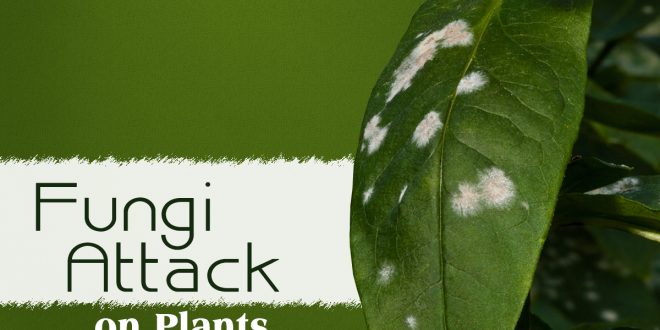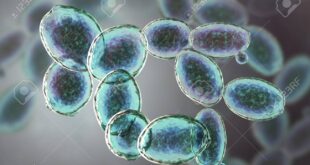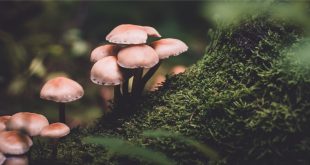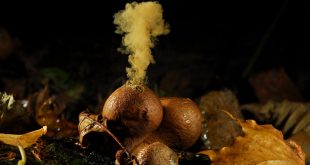The Fungi is a group of organisms which are non-photosynthetic, absorbing entities with main vegetative part as filamentous. They usually grow in shady and moist places.
Some fungi sometimes attract us by their beautiful colors and shapes and sometimes we try to avoid them as much as possible. Though many fungal colonies formed by togetherness of fungi are quite evident around us, there is a large group of them whom we usually tend to ignore or don’t see. Many of which are destructing our important cash crops in silence. Today we are going to read some symptoms that we may use as first hand rule to decide whether the attack is by fungus or not.
Fungi cause local or general symptoms on their hosts and such symptoms may occur separately or concurrently or may follow one another. In general, fungi cause local or general necrosis of plant tissues, and they often cause reduced growth (stunting) of plant organs or entire plants. Evidence also showed that there are few fungi which may conversely cause excessive growth of infected plants or plant parts.
The most common necrotic symptoms are discussed here.
Leaf spots: Localized lesions on host leaves consisting of dead and collapsed cells.

Blight: General and extremely rapid browning and death of leaves, branches, twigs, and floral organs.
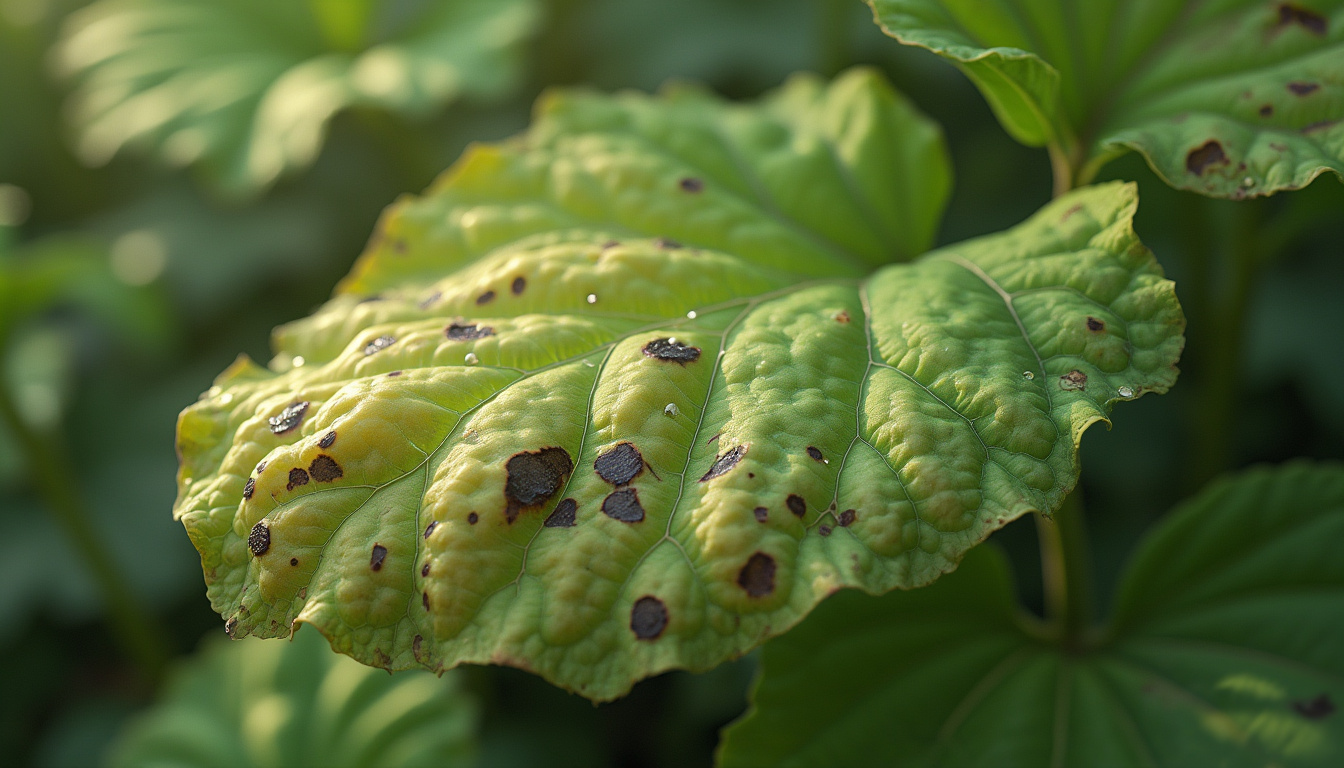
Canker: Localized necrotic lesion on a stem or fleshy organ, often sunken, of a plant.
Dieback: Extensive necrosis of twigs beginning at their tips and advancing toward their bases.

Root rot: Disintegration or decay of part or all of the root system of a plant.
Damping-off: Rapid death and collapse of very young seedlings.
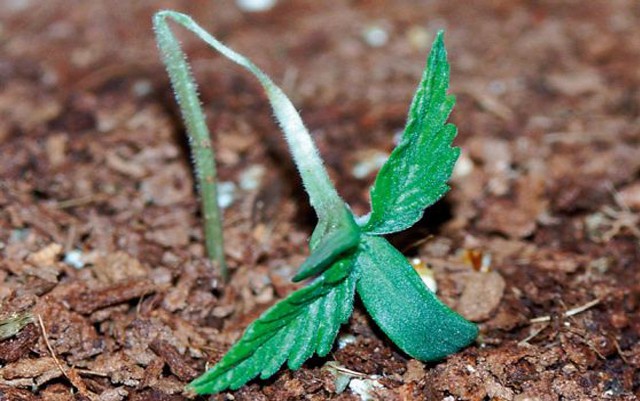
Basal stem rot: Disintegration of the lower part of the stem.
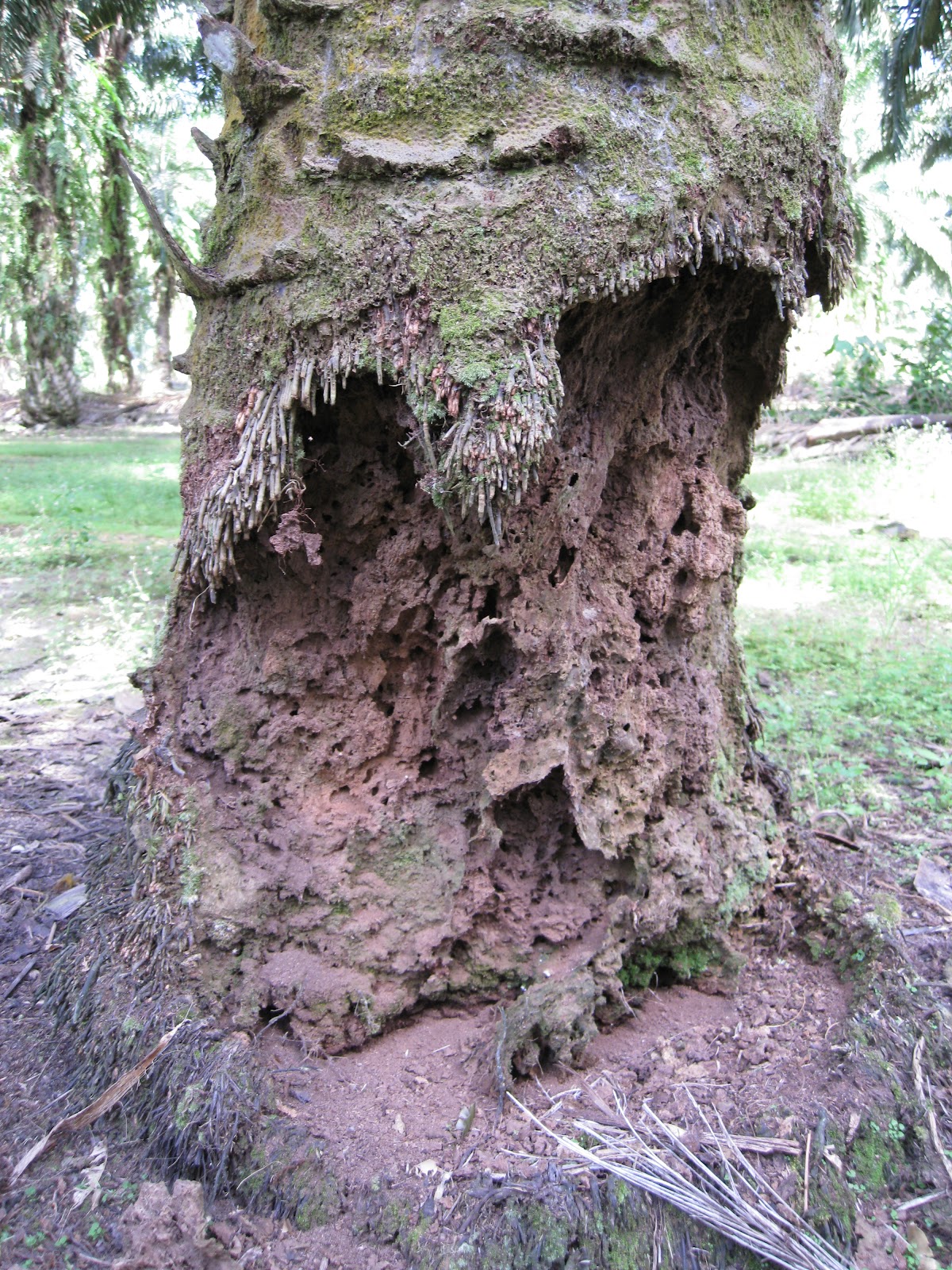
Soft rots and dry rots: Maceration and disintegration of fruits, roots, bulbs, tubers, and fleshy leaves.
Anthracnose: Necrotic and sunken ulcer like lesion on the stem, leaf, fruit, or flower of the host plant caused mainly by a certain group of fungi.

Scab: Localised lesions on host fruit, leaves, tubers etc., usually slightly raised or sunken and cracked, giving a scabby appearance.

Decline: Progressive loss of vigour; plants growing poorly; leaves small, brittle, yellowish, or red; some defoliation and dieback present.
In addition to those just given, four groups of symptoms may be added.
Wilt: generalised loss of turgidity and drooping of leaves and shoots.
Rust: Many small lesions on leaves or stems, usually of rusty color.
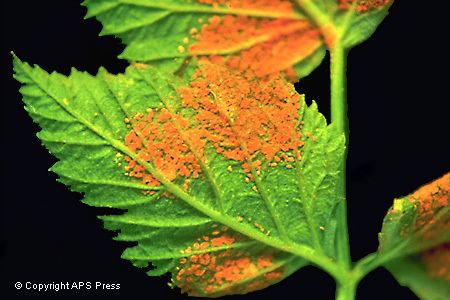
Smut: Seed or a gall filled with the mycelium or black spores of the smut fungi.
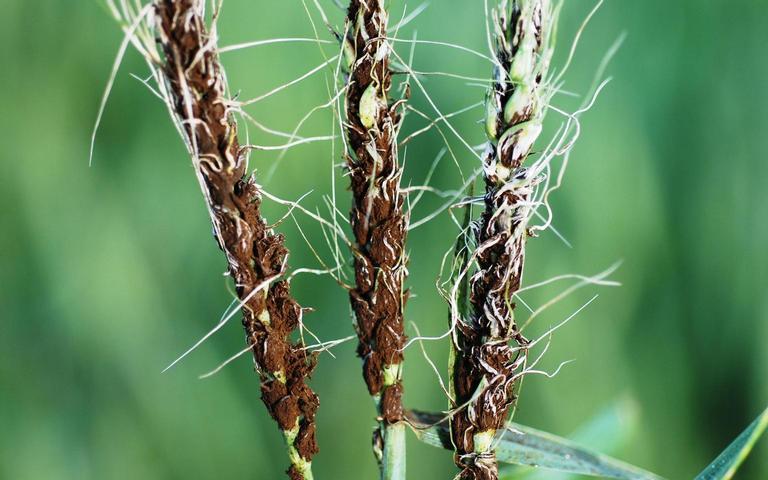
Mildew: Areas on leaves, stems, blossoms, and fruits, covered with whitish mycelium and the fruictifications of the fungus.
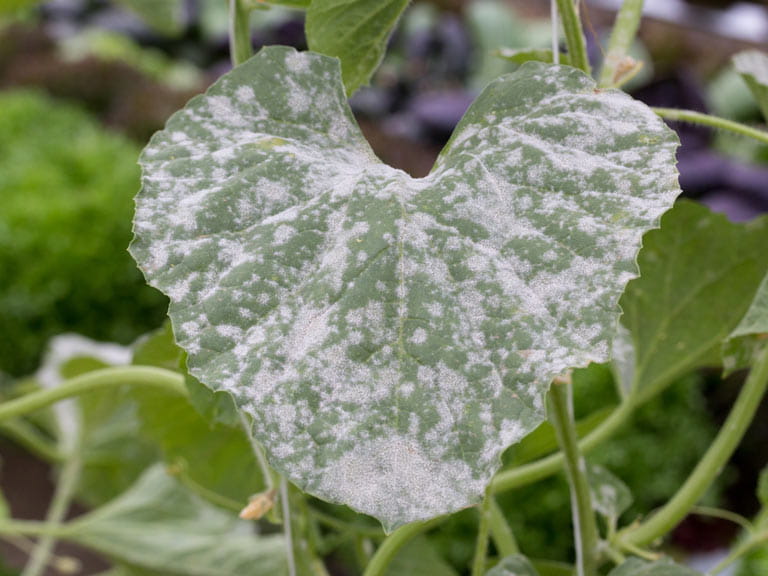
Best safe and secure cloud storage with password protection
Get Envato Elements, Prime Video, Hotstar and Netflix For Free
 Plantlet The Blogging Platform of Department of Botany, University of Dhaka
Plantlet The Blogging Platform of Department of Botany, University of Dhaka
